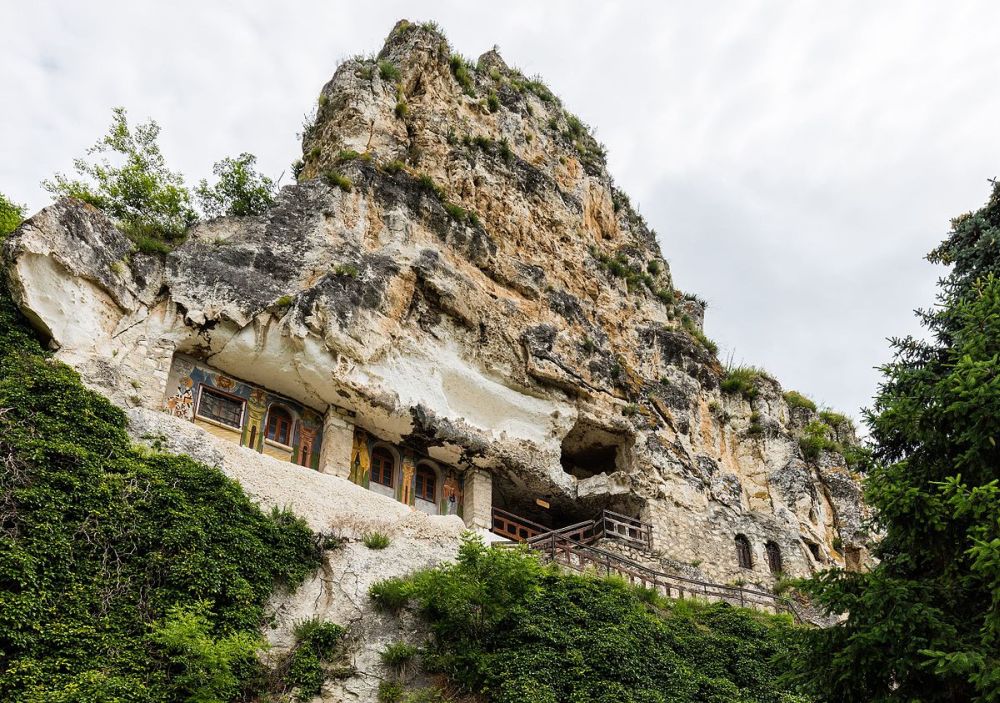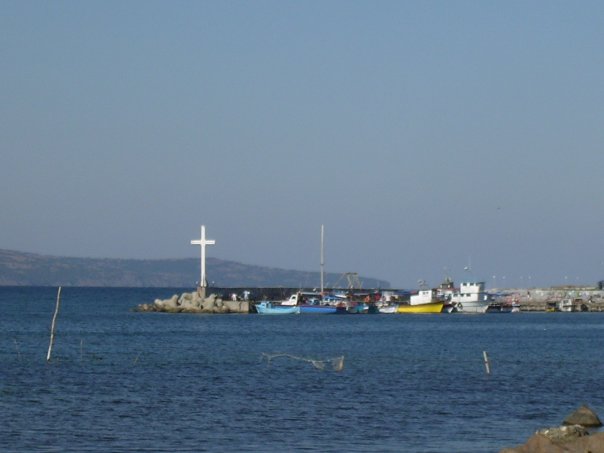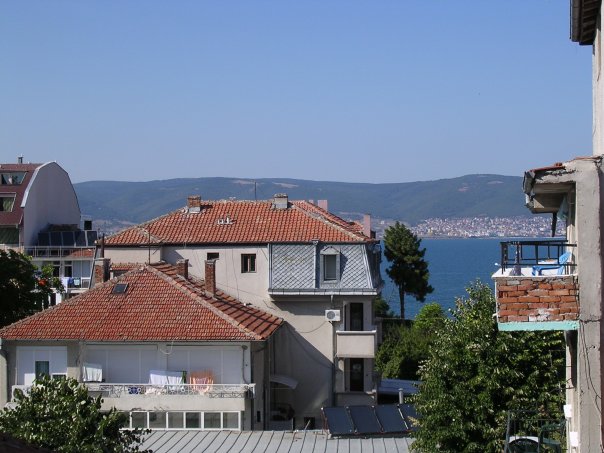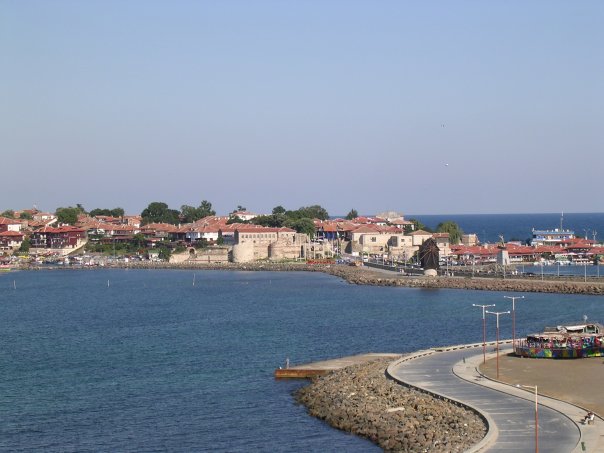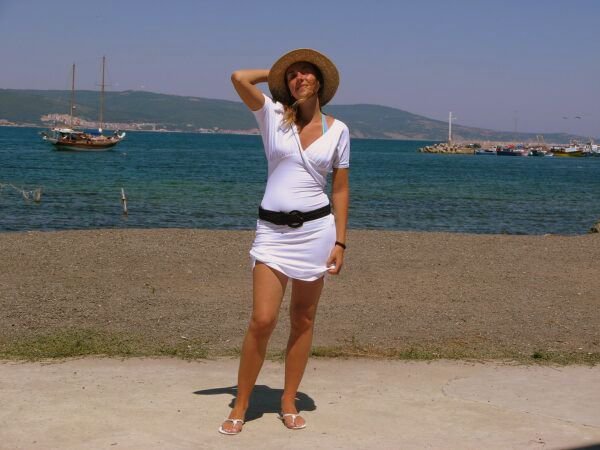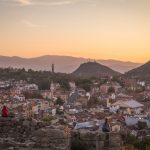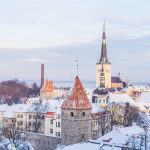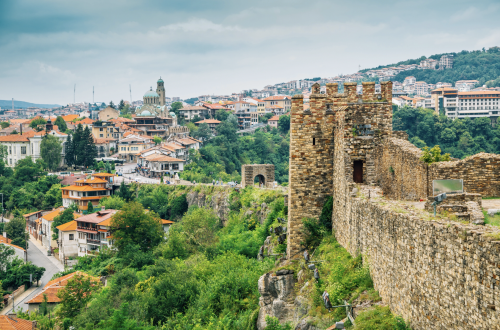
Nesebar: Life on the old Island
Because of the thousands of summer tourists, it’s hard to look around Nesebar. But a stroll along its meandering streets and among its half-ruined churches is always worthwhile.
In the 6th Century BC, the Greek city-states of Megara and Miletus contended to control of the Black Sea coast of Thrace, which supplied the ancient world with the timber, hides, copper, slaves, and salt its economy needed. Miletus was in the superior position. It managed to establish a colony first, Apollonia (present-day Sozopol), on the southern coast of the Bay of Burgas and to gain control over Anchialo (present-day Pomorie). It was only a century later that Megara found a suitable spot for its own colony: a small island off the northern coast of the bay with two harbours and a narrow isthmus connecting it to the mainland. But the Greeks were not the first to appreciate the advantages of this piece of land. It had been inhabited for 2500 years by the Thracians, who called their settlement Melsambria, meaning the “bria”, or town, of Melsa.
The Megaran colonists changed its name to Mesembria and transformed it into a typical Greek city with a strong stone wall, temples, a theatre, and a gymnasium. The colony became one of the leading centres of trade along the Black Sea coast, struck its own coins and, what is undoubtedly a mark of a strong economy, started minting the currency of other cities too.
The Romans reversed this upward trend. Mesembria became an autonomous city within the Roman Empire in 72 BC, but restrictions imposed by the central authorities doomed it to a slow decline. Things changed nearly four centuries later when Constantine the Great moved the capital of his empire to Constantinople and adopted Christianity as its official religion.
The Black Sea cities, Mesembria among them, recovered. New churches and city walls were built and its citizens tried to copy the style of the nearby capital. This is why the city’s central church was named St Sophia.
Nesebar was never a large town. This explains why, during Ottoman rule, its residents built two-storey houses whose second floor jutted out over narrow cobbled streets twisting between the nearly desolate medieval churches. The plan of Nesebar is a topographical nightmare – but this is exactly what gives it its charm.
The city continued to flourish during the Middle Ages, when it was the object of constant territorial disputes between Bulgaria and the Byzantine Empire. It was first annexed to the Bulgarian state by Khan Krum in 812 and again changed its name, this time to Nesebar. Despite its limited territory 40 churches soon sprang up, the best-known being Hristos Pantokrator, or Christ Pantocrator, and Sveti Yoan Neosveteni, or St John the Unconsecrated.
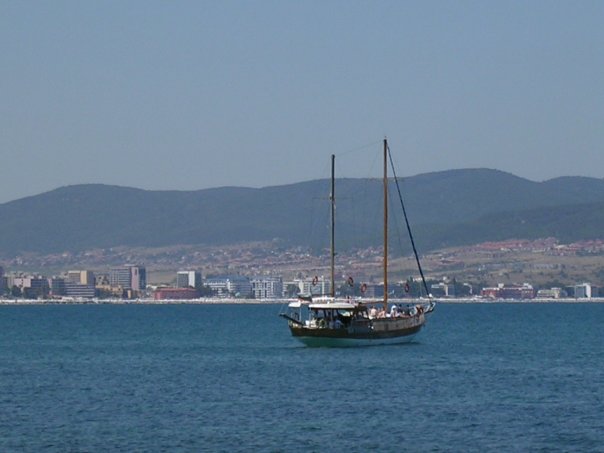
But religion was never the most important aspect of life. The city attracted merchants from Constantinople, Venice, Genoa, Pisa, Ancona, and Dubrovnik, who traded textiles and gold for grain and vegetables.
The fall of Constantinople, and of Nesebar itself, to Ottoman rule in 1453 seems to have had little effect on the life of the city. The tombstone of the Byzantine princess Mataisa reveals that members of the Greek aristocracy went on living there.

But this was long before the Liberation of Bulgaria in 1878. At the time of independence, Nesebar was a small fishing village with Revival-period wooden houses. Built close to each other, they formed a maze of narrow streets where you could easily get lost, but which inevitably led to the sea shore.
All was quiet in the island town until 1959, when nearby Slunchev bryag, or Sunny Beach, resort – the “pride of young Socialist Bulgaria” – was opened. Nesebar soon became a tourist attraction with its own stereotypes: the ruined churches, the streets meandering between wooden houses, and the windmill on the isthmus.
The first groups of tourist came mainly from the Eastern bloc. For generations of Hungarians, Lithuanians or Czechs, Nesebar was the supreme memory of a summer well spent. After the democratic changes and the development of Sunny Beach, tourist come from all over the world. There have been so many in recent years that in summer you may find it difficult to look around the Old Town, which measures only 850 by 350 m, or 2790 by 1150 ft, and has been a UNESCO World Heritage Site since 1983.
But if there is anything that really prevents tourists from seeing Nesebar in its entirety, it is the sea. The sea has swallowed up nearly a third of the island territory, including most of the city wall. Today its only visible part is the west gate, through which tourists and everybody else enter the city.
